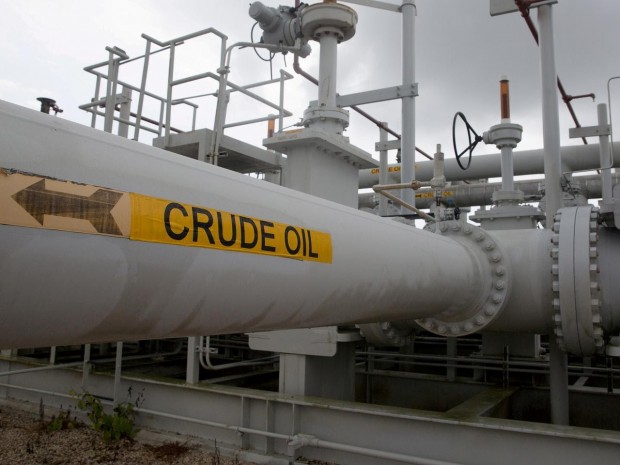Photo : Pixabay
Crude oil is one of the most liquid commodities in the world and has massive volumes of trade each day. Trading in oil involves high volatility, clear chart patterns, and tight spreads. Over two-thirds of oil contracts are Brent oil and Brent crude is the globe's benchmark for oil. The light and sweet West Texas intermediate (WTI) is the US's oil pricing benchmark.
The oil trade is highly affected by supply factors such as outages and suppliers or demand challenges such as seasonality and consumption. Expert traders in oil stocks and commodities have well-developed strategies that take the technical and fundamental analysis and risk management of the commodity into consideration.
The inexperienced trader in crude oil can utilize copy trading tactics to reap huge rewards from the huge market. Copy-trading, sometimes referred to as social trading utilizes the wisdom of the crowd when buying or selling financial instruments. Any beginner with an interest in the trade can copy the trading strategies of the gurus and interact with them via copy trading to perfect their trading knowledge.
The oil market in disarray
Day traders are however facing an extreme trading environment as the lucrative crude oil market prices crash to unprecedented levels. On April 20, the West Texas crude's May contract went negative. A price drop of $0 per barrel has not been recorded in the US oil sector in data from the last 150 years. Oil in late April 2020, was cheaper than it was in 1870 despite inflation levels of +2870 percent!
The commodity is currently selling at lows of $24.14 down from a high of $61.78 in May 2019. The oil industry has massively suffered under the COVID-19 pandemic that has brought it to its knees. There has been an overflow of unsold oil in all of the US oil tank farms, where the West Texas Intermediate (WTI) is settled. The collapse of the oil industry in 2020 has unearthed a rather unsettling reality for oil net exporters.
In March 2020, when the coronavirus pandemic was taking root in the Western nations, a petroleum price war broke out between Russia and the OPEC cartel. There was a dramatic breakdown in talks between the two parties over the reduction in the production of oil.
The pact between OPEC and Russia has kept the large industry players in relative peace for three years. The crisis escalated to a full-blown price war when Russia declined OPEC's move that forced it to cut its oil production alongside other major producers.
The Saudi led motion gave the Eastern Europe oil giant a take-it-or-leave-it plan of action that would not only slash Russian prices of crude but its production as well. Russia was not prepared to play ball knowing that it could instead turn up the heat on the American shale producer.
Russia has in the past been aggrieved by the US gas fracking industry that has overwhelmed the market with oil in the past few years. Since Russia would not yield an inch of its production capacity, Saudi Arabia responded by opening its taps and selling its crude at bottom prices.
The precarious state of the US oil producer
On April 2, US President Donald Trump asked his nation's oil producers to cut production as the price war, oil glut and lessened demand pushed the commodities prices to the red. Afterward, Russia joined the OPEC + production reduction move.
The decreased reduction in production has however not affected the markets as expected. The oil industry needs a dramatic price recovery to survive. The US is one of the worst affected producers, with some of its oil businesses going bankrupt.
Russia has an exchange reserve of $570 billion from its 2014 austerity drive. Saudi Arabia earns more in revenue than it can invest at home, has a $500 billion reserve kitty, and has a higher ratio of oil to population. The US shale oil industry has turned it to the world's most prolific exporter of oil, but the American shale oil producer is very vulnerable. The US oil sector is highly indebted and cannot survive bottom-barrel prices.
Consequently, this is the first time that the old-guard Texas oil driller has heeded to the oil production clampdown call in over a half a century of drilling. A few decades ago, the US would have been at the winning end of the current low prices of oil.
It was the world's largest importer of oil, but today China is enjoying the low prices since it took over the US's position as a net importer. The cheap fossil fuel is also a boon for emerging markets such as Turkey, India, South Africa, Philippines, Indonesia, and Argentina who have an import bill. The cheaper prices will cushion these countries from the COVID-19 epidemic fall out while the exposed oil US oil industry is undergoing devastating shock.
* This is a contributed article and this content does not necessarily represent the views of universityherald.com









